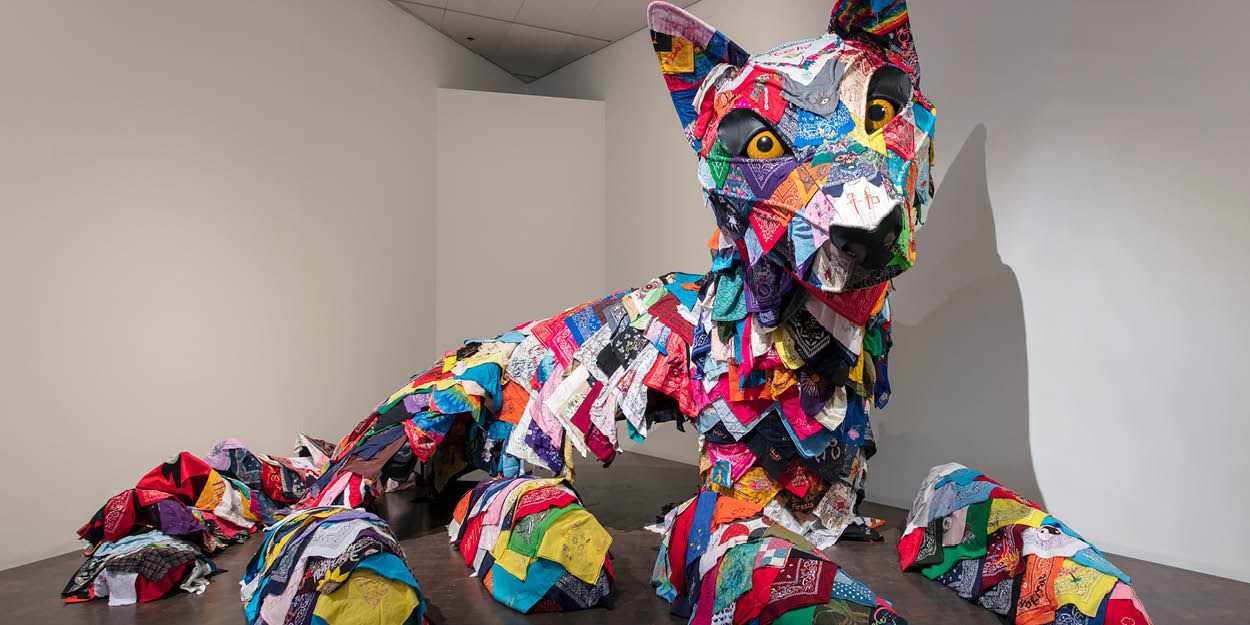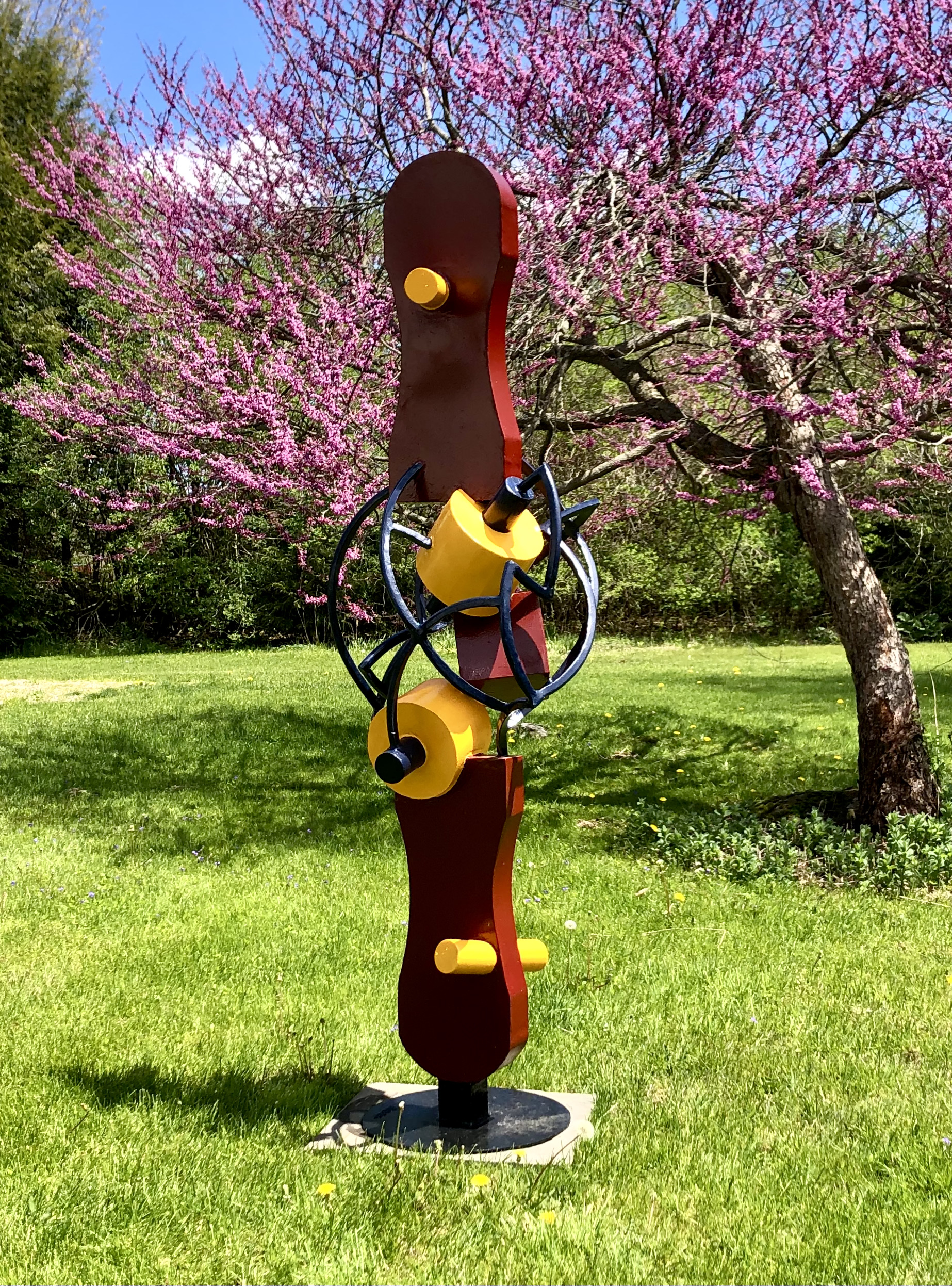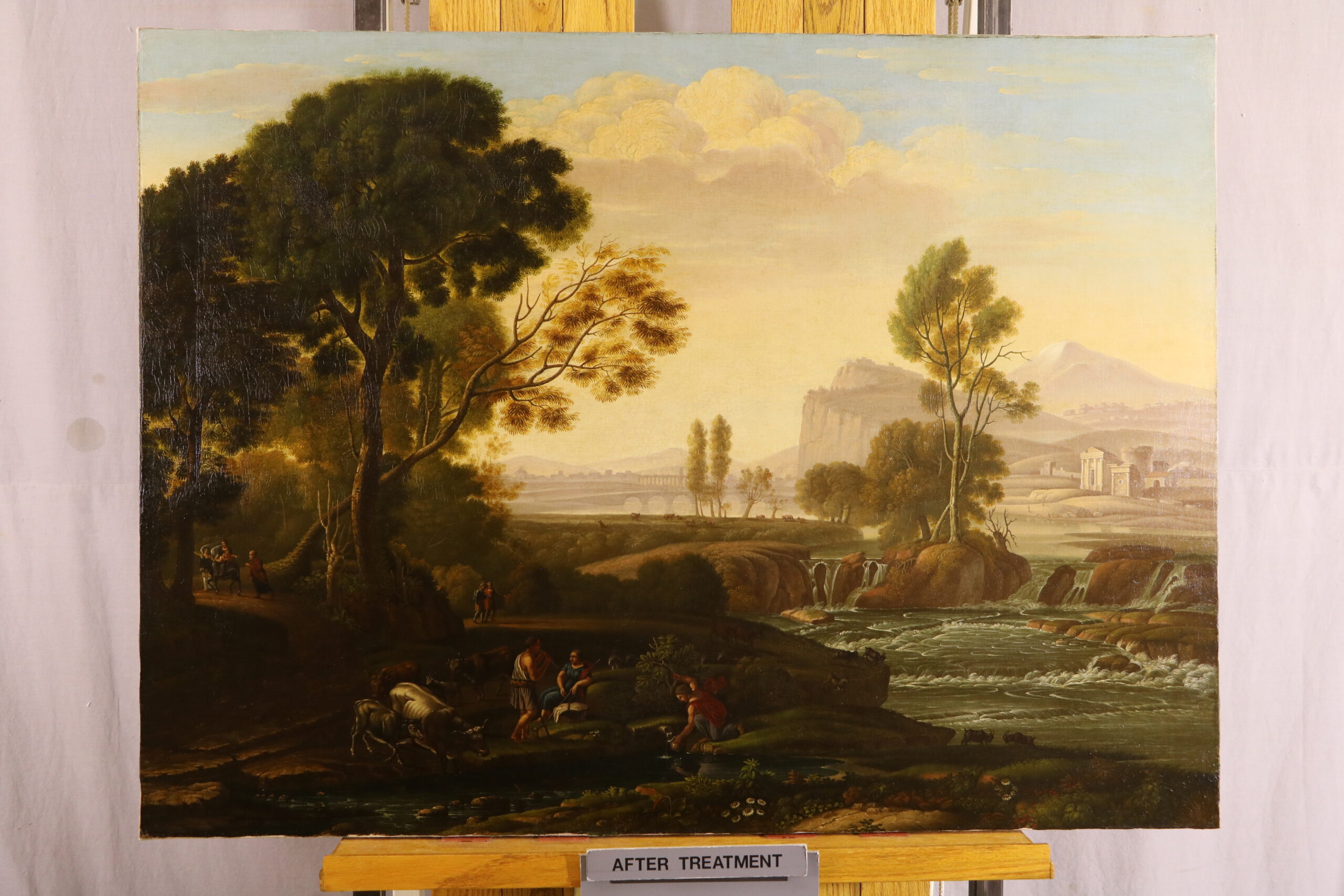

The Peabody Essex Museum (PEM) announces that longtime museum supporters, Elizabeth and Stuart Pratt will endow the museum’s position of Curator of Native American and Oceanic Art and Culture. Since its founding in 1799, PEM has collected Native American art, and today this collection stands among the oldest in the western hemisphere, widely recognized for its outstanding quality, range of time, media and geography; provenance, and condition. PEM’s Oceanic collection spans the 18th century through the present and features important works representing more than 36 Pacific island groups, including a rare temple image of the Native Hawaiian akau (deity) Kū who occupies a place of honor in PEM’s new wing and draws visitors from around the world.
The curatorial endowment coincides with the opening of a major new gallery installation that, for the first time, combines PEM’s Native American and American collections. On This Ground: Being and Belonging in America brings together more than 250 historical and contemporary works from its collections to consider what it means to belong to a community, place, family and nation. This groundbreaking installation opens to the public on March 12, 2022.
“By endowing this curatorial position, the Pratt family helps ensure that the scholarship, stewardship and development of PEM’s Native American and Oceanic art collections continue to thrive in perpetuity,” said Lynda Roscoe Hatigan, PEM’s Rose-Marie and Eijk van Otterloo Executive Director and CEO. “We are so grateful for this support and for the curatorial recognition that it represents.”
Stuart Pratt, Chair of PEM’s Board of Trustees, has been involved with the museum since serving on the board of the Essex Institute, in the 1980s. Philanthropic involvement with the museum extends back to Pratt’s grandfather, Willoughby Stuart, who was a collector of Native American art and donated a significant portion of his collection to PEM. Pratt is a collector himself, primarily of maritime art and historical objects. “We are honored to continue this legacy of giving to support one of the nation’s most vibrant and compelling museums,” said Pratt. “Knowing that PEM’s Native American and Oceanic collections will be supported and sustained for generations to come holds special significance for my family. We hope that this gesture will positively impact the lives and experiences of countless visitors.”
For more than a decade, Karen Kramer has advanced PEM’s Native American and Oceanic art department through her leadership and curatorial work, helping distinguish it as one of the nation’s foremost programs. Her longstanding commitment to presenting and interpreting Indigenous art and culture and her broad experiences working with Native artists, scholars, communities and stakeholders has led to groundbreaking exhibitions and catalogs, including T.C. Cannon: At the Edge of America (2018–19), Native Fashion Now (2015–16), Shapeshifting: Transformations in Native American Art (2012), and Body Politics, Maori Tattoo Today (2008–09). Karen Kramer becomes the first Stuart W. and Elizabeth F. Pratt Curator of Native American and Oceanic Art and Culture and Co-Director, Native American Fellowship Program.
Since 2010 PEM’s Native American Fellowship (NAF) Program, which Kramer and Jennifer Himmelreich (Diné) co-direct, has gathered talented rising Indigenous scholars and cultural heritage professionals for summer-long positions within the museum. Fellows work directly with and receive mentorship from committed senior and mid-level PEM professionals in order to develop the knowledge, skills, and networks necessary to become 21st-century visionaries who will shape their communities, museums, and nonprofit cultural institutions. In 2017, PEM built upon the success of summer fellowships by adding longer-term, 12–24 month fellowship opportunities, as well as continued support for alumnus, long after their time at PEM. The program, which is supported by the The Andrew W. Mellon Foundation, strives to reach Native American, First Nations, Native Hawaiian and Alaskan Native communities far and wide.
About On This Ground: Being and Belonging in America
Spanning more than 10,000 years of visual culture, PEM’s new installation offers a range of voices and modes of expression, and cultures expressed through different media, including sculpture, paintings, textiles and fashion, furniture, decorative arts, photography and video. Throughout, cultural and aesthetic distinctions and affinities emerge across time, cultures, and geography. On This Ground: Being and Belonging in America is responsive to the urgent concerns of our time and provides an opportunity to grapple with our nation’s complex history while striving for a future that brings more connection and empathy. On This Ground: Being and Belonging in America was made possible by the Henry Luce Foundation, the Terra Foundation for American Art and The Andrew W. Mellon Foundation. All three foundations have sponsored projects across the nation that push for an expanded canon of American art and for initiatives that support the arts and humanities through a social justice lens.
ABOUT THE PEABODY ESSEX MUSEUM
Over the last 20 years, the Peabody Essex Museum (PEM) has distinguished itself as one of the fastest-growing art museums in North America. Founded in 1799, it is also the country’s oldest continuously operating museum. At its heart is a mission to enrich and transform people’s lives by broadening their perspectives, attitudes, and knowledge of themselves and the wider world. PEM celebrates outstanding artistic and cultural creativity through exhibitions, programming, and special events that emphasize cross-cultural connections, integrate past and present, and underscore the vital importance of creative expression. The museum’s collection is among the finest of its kind boasting superlative works from around the globe and across time — including American art and architecture, Asian export art, photography, maritime art and history, Native American, Oceanic, and African art, as well as one of the nation’s most important museum-based collections of rare books and manuscripts. PEM’s campus offers a varied and unique visitor experience with hands-on creativity zones, interactive opportunities, and performance spaces. Twenty-two noted historic structures grace PEM’s campus, including Yin Yu Tang, a 200-year-old Chinese house that is the only example of Chinese domestic architecture on display in the United States. HOURS: Open Thursdays, Saturdays & Sundays, 10 am–5 pm, and Fridays 10 am–7 pm. ADMISSION: Adults $20; seniors $18; students $12. Members, youth 16 and under, and residents of Salem enjoy free general admission. INFO: Call 866-745-1876 or visit pem.org.
What is Creative Collective?
Creative Collective is a group of economic development strategists, small business supporters, activation specialists, and believers in the importance of the creative workforce. We foster growth, sustainability, and scalability for small businesses, creative thinkers, organizations, entrepreneurs, and innovators.
Learn more and join Creative Collective at www.creativecollectivema.com/join







